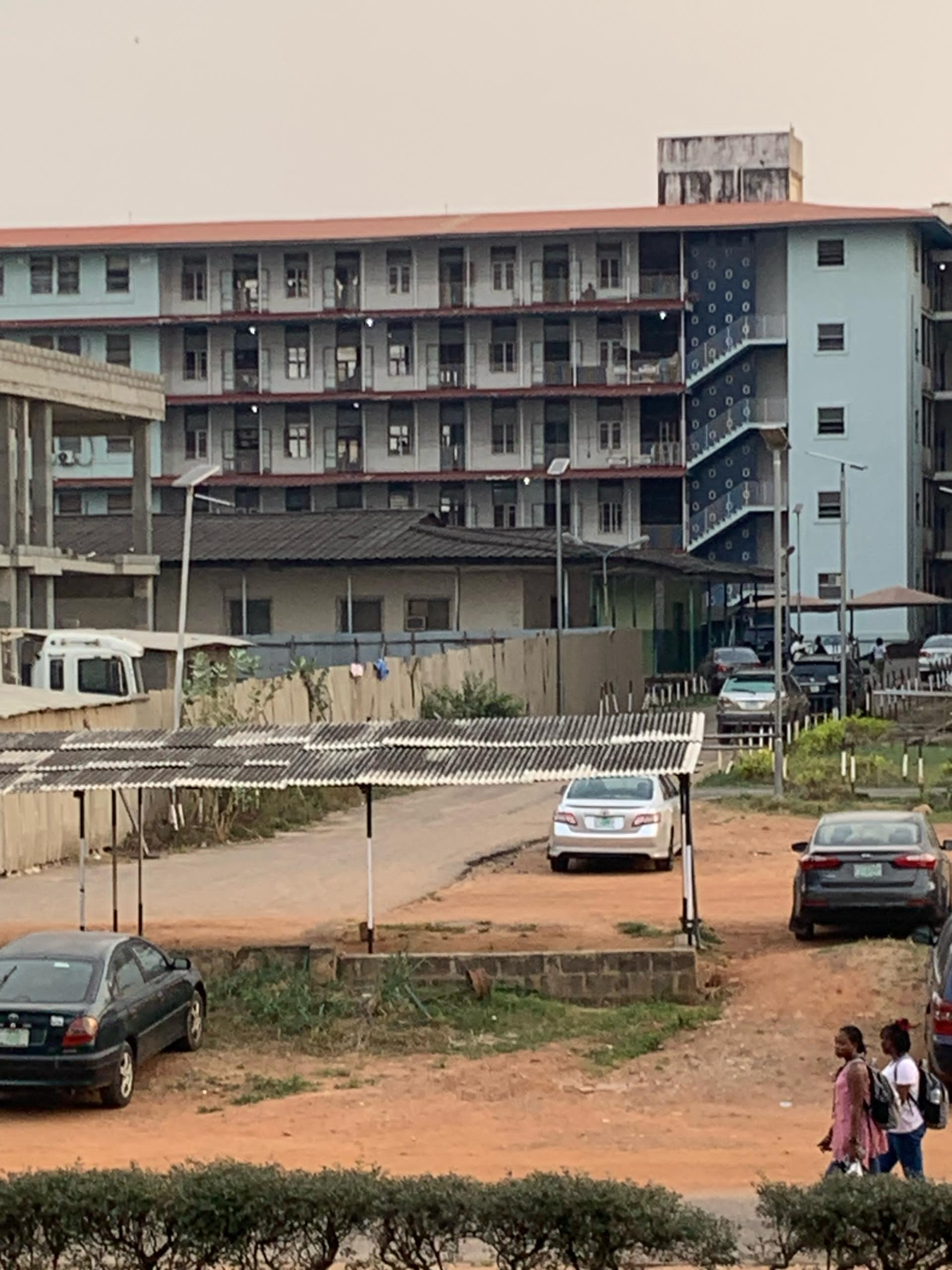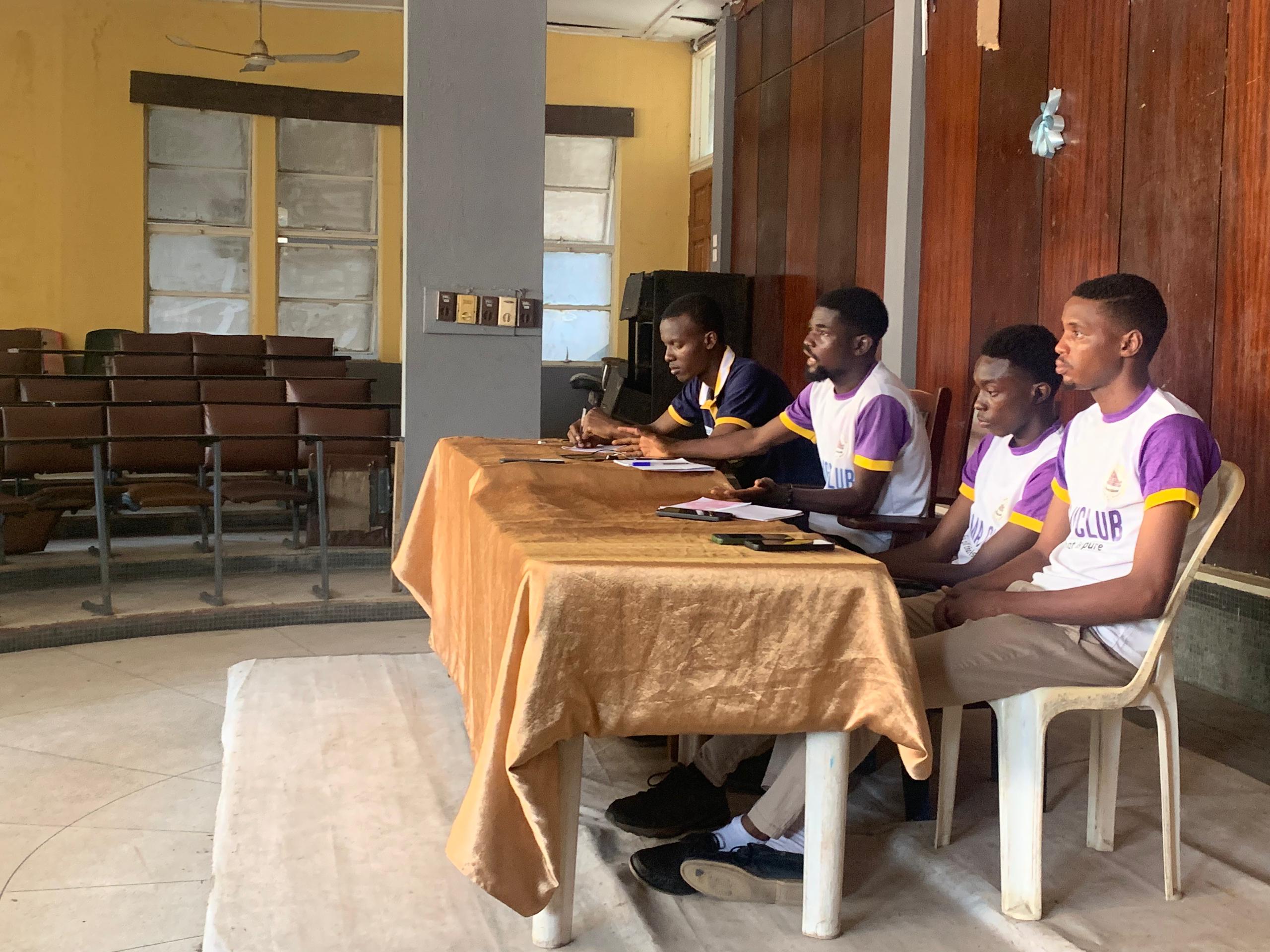Captains of UI Sports Teams Send out Open Letter to Stakeholders
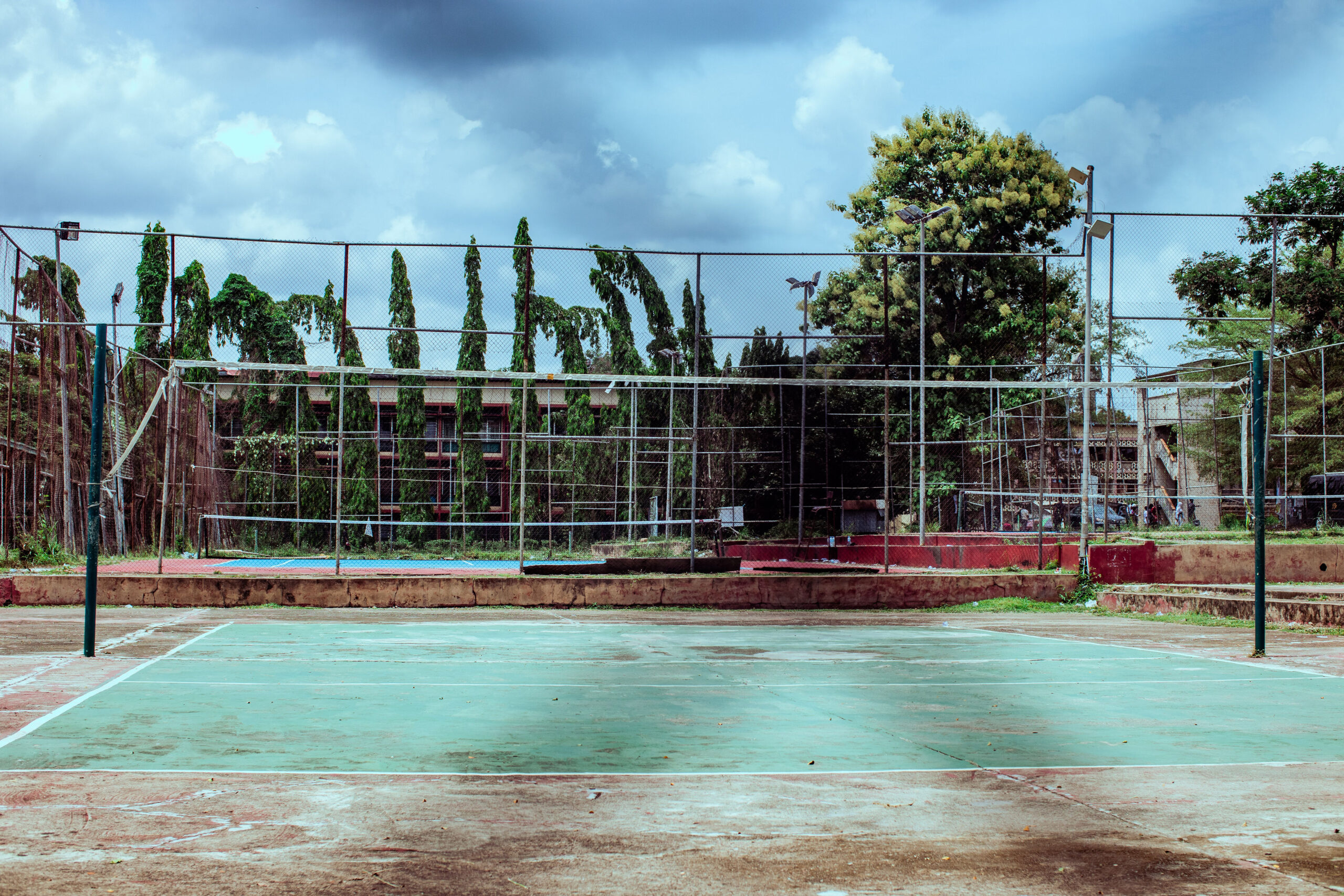
At about 3 PM on the 16th of August, 2025, an open letter was circulated around the online space of the university community. The letter, which was from the captains of all the sports teams at the University of Ibadan, lamented the state of sports facilities, access to said limited facilities, and the general lack of support for the sports teams by the school management. It also contained some suggestions for the school management to follow. The letter copied key stakeholders, including the Chairman of the Sports Council, the Director of Sports, the Council of Hall Chairpersons and Faculty Presidents, the Dean of Students, the Student Union Executives, the DVC Administration, the Vice Chancellor, and the Union of Campus Journalists.
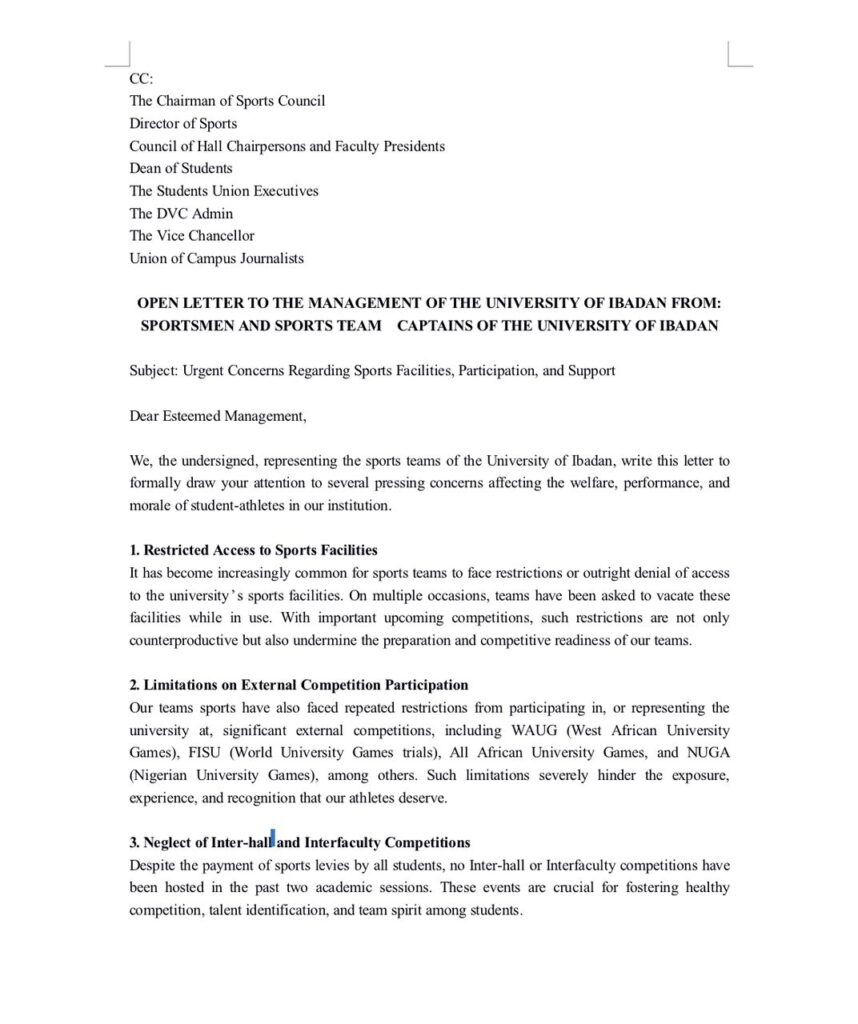
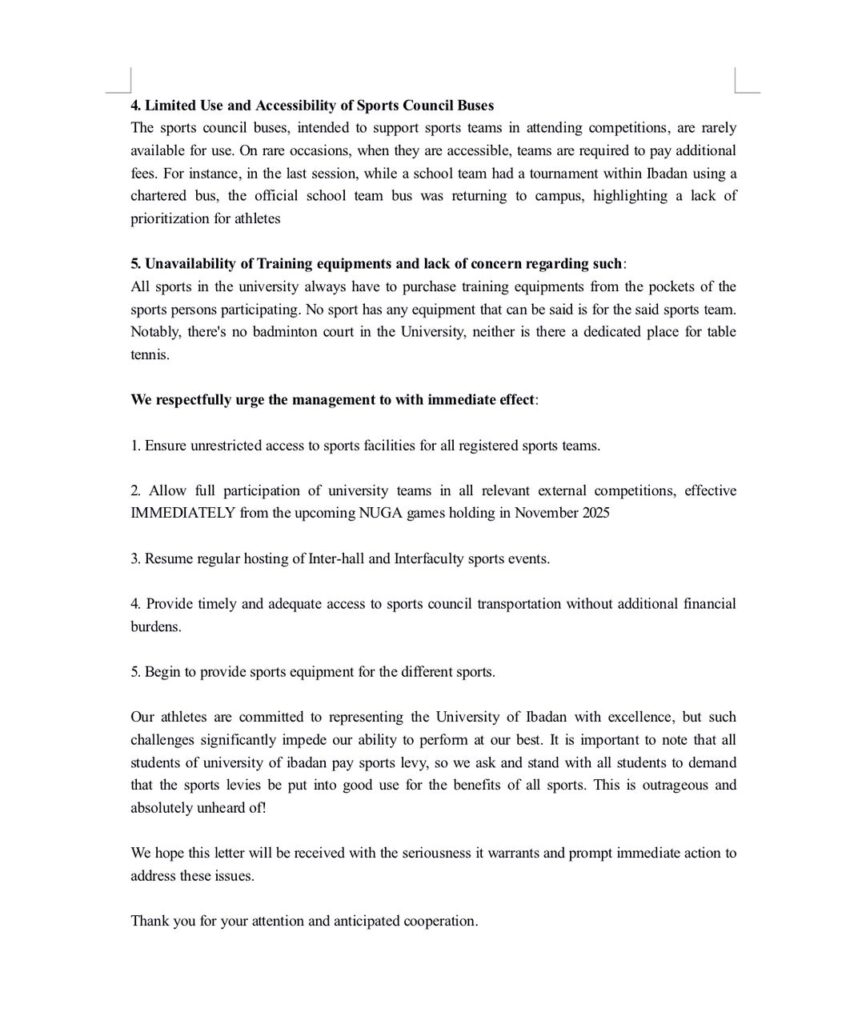
This public outcry comes less than six weeks after UIMSA Press’ editorial about the neglect of sports in the university.
As of press time, there has not been any statement from any of the stakeholders.

